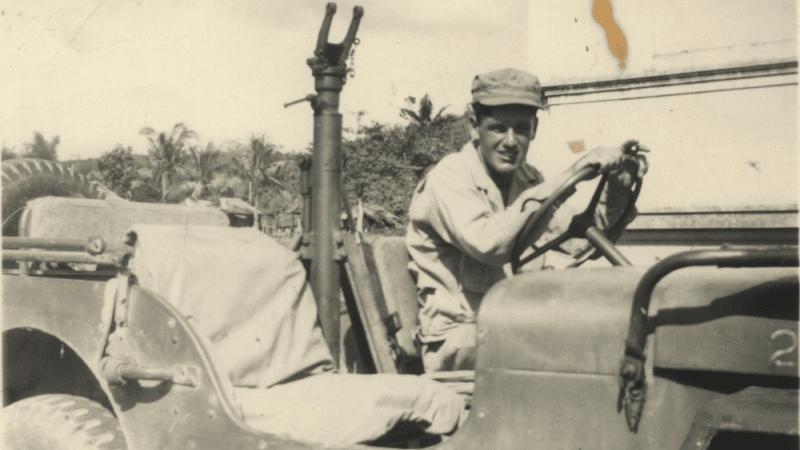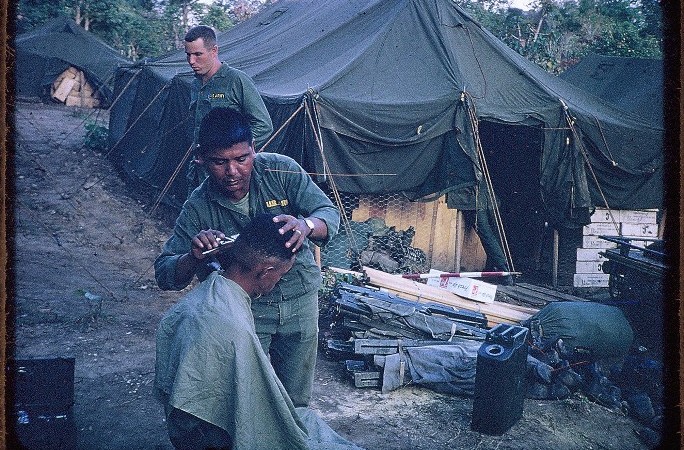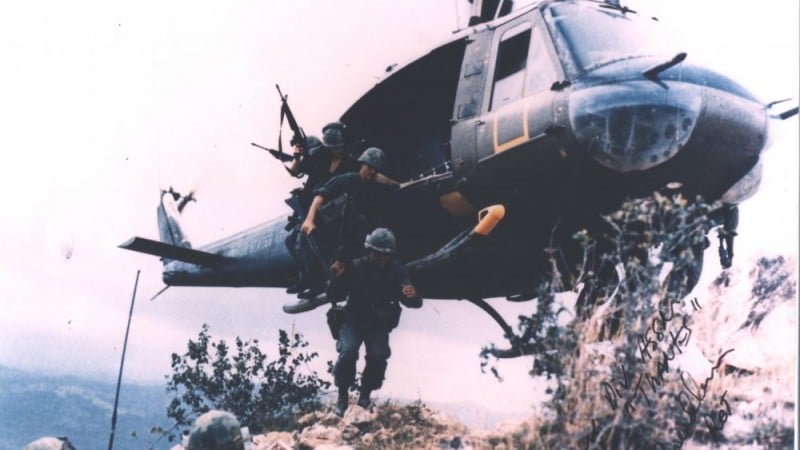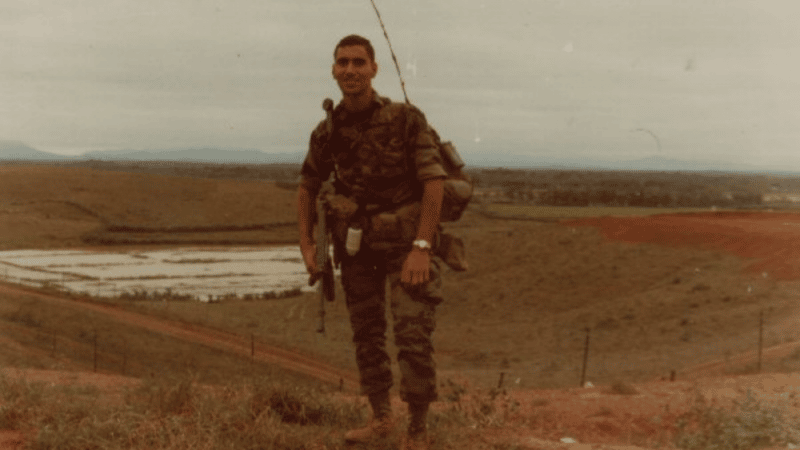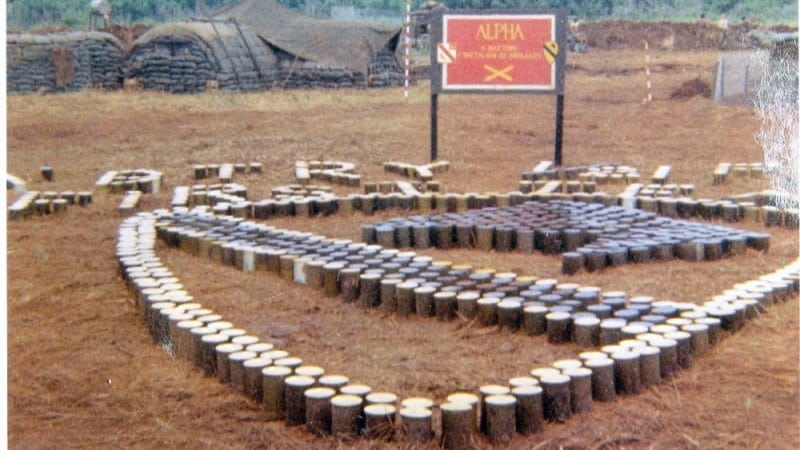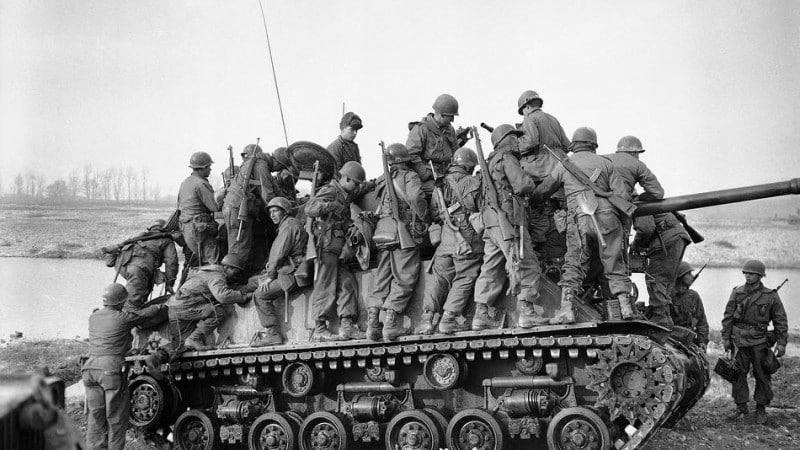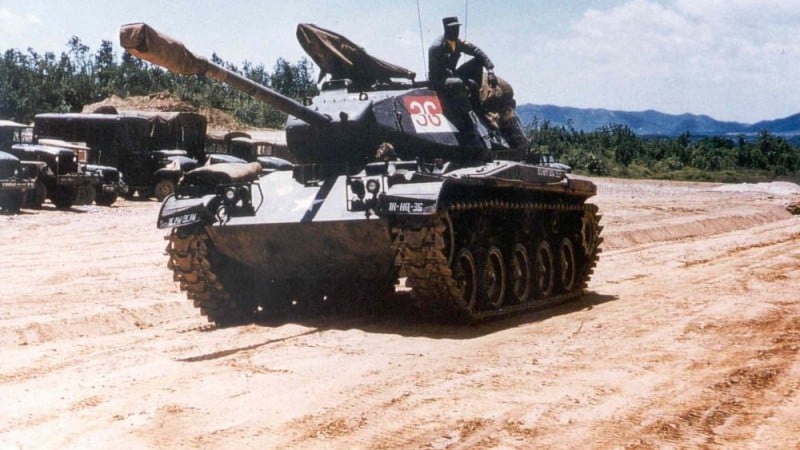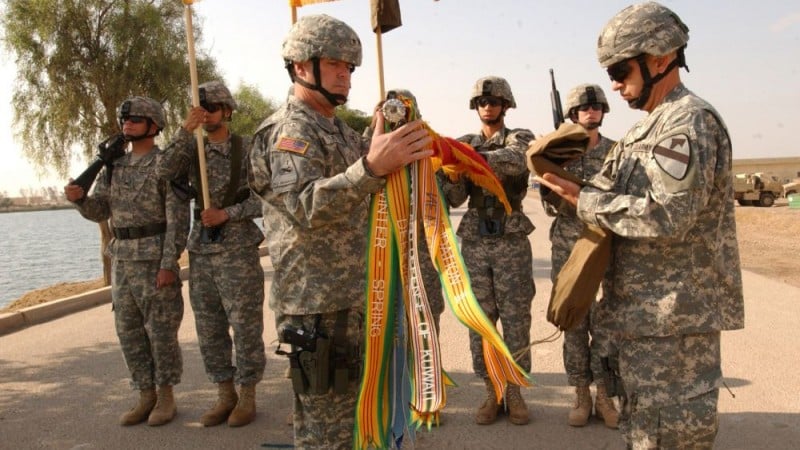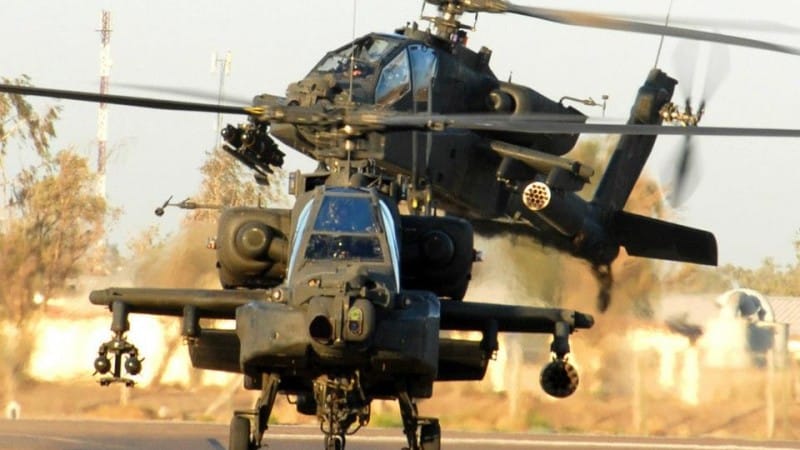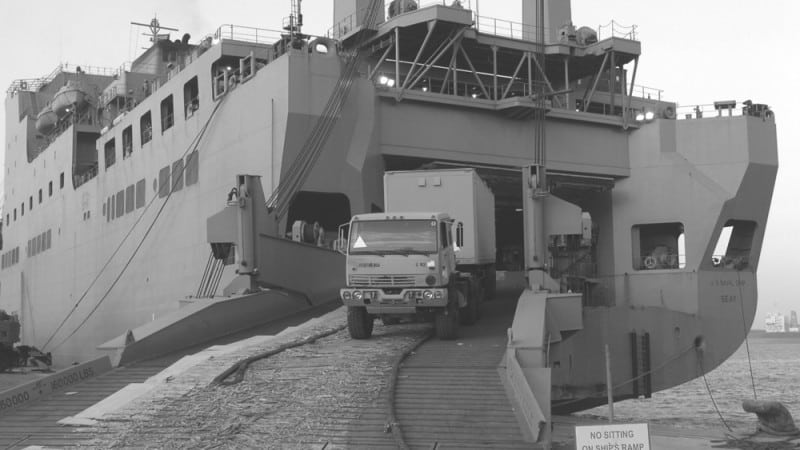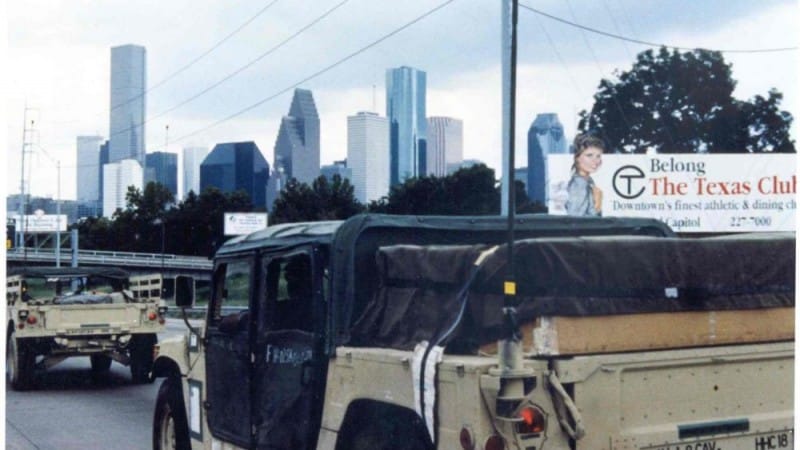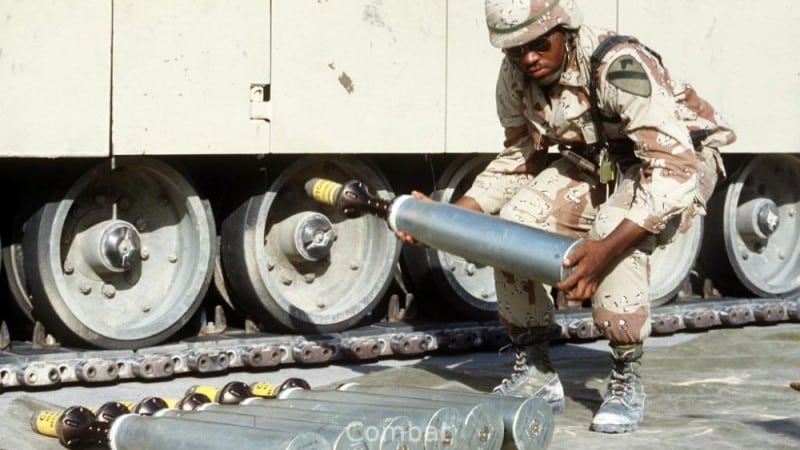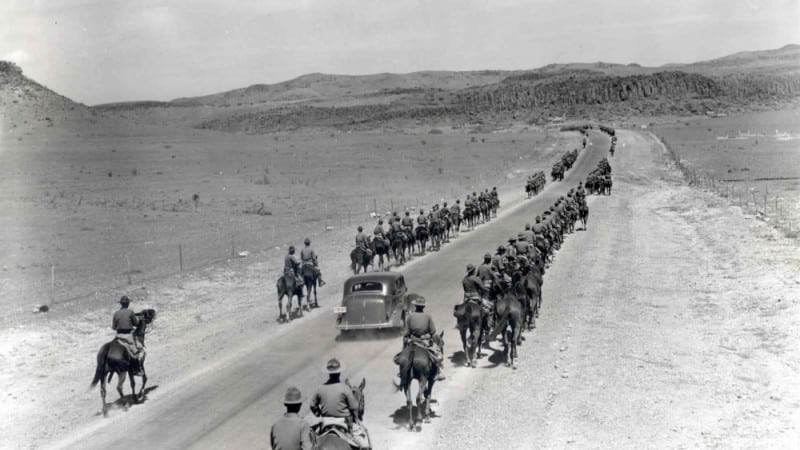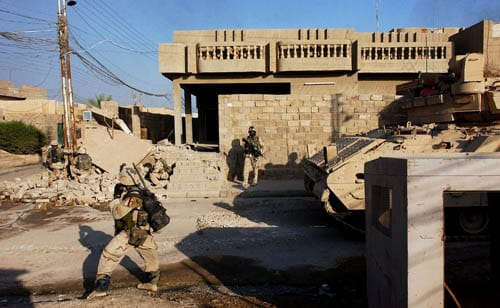1st Cavalry Division Sustainment Brigade
“Wagon Masters”
Mission
The 1st Cavalry Division Sustainment Brigade (1CDSB) has an on-order mission to deploy by sea, air or land to any part of the world on a short notice to provide combat support and combat service support to units of the 1st Cavalry Division in the areas of supply, maintenance, transportation and field services.
Organizational Summary
The history of the 1CDSB can be traced back to era of the Korean Occupation with the constitution of the Headquarters and Headquarters Detachment, 1st Cavalry Division Trains on 22 August 1957. Units incorporated into the Trains included the 1st Cavalry Division Band, 15th Administration Company, 15th Aviation Company, 15th Medical Battalion, 15th Quartermaster Company, 23rd Transportation Company and the 27th Ordnance Battalion.
On 15 July 2005, the Division Support Command (DISCOM), 1st Cavalry Division, was inactivated as part of the US Army’s transformation towards a modular force. The function of centralized support was assumed by activation of the 15th Sustainment Brigade along with its organic elements that were concurrently constituted and activated.
In the organization of the 1st Cavalry Division in 1921, support elements of the division functioned under the command of Special Troops, 1st Cavalry Division. Following the end of World War II, the Special Troops were disbanded and separate Medical, Ordnance and Quartermaster units were assigned directly to the division headquarters. On 20 August 1957, the 1st Cavalry Division, guarding the northern sections of Honshu, Japan was reduced to zero strength and transferred to Korea (minus equipment).
On 22 August 1957, with the advent of the Pentomic Organizational Structure, the predecessor of the present Division Support Command, the Division Trains was constituted in the Regular Army. Although the concept of “Trains” under a controlling headquarters was new to the 1st Cavalry Division, it had been utilized by the Armor during World War II. The mission of the Trains was to supply the Trooper in the field with food, clothing, ammunition and transportation that is required to do his job.
In ceremonies held on 15 October, the colors of the 24th Division were retired and the colors of the 1st Cavalry Division were passed to the Commanding General of the old 24th Division, Major General Ralph W. Zwicker. “The First Team” had returned to Korea, standing ready to defend the country against Communist aggression. The redesignated and reorganized 1st Cavalry was assigned the mission of patrolling the “Freedom’s Frontier” (DMZ). In addition to their assigned duties of patrol along the southern border of the DMZ, training remained a number one priority for Troopers and unit commanders.
On 1 November, at the time of activation of the Trains in Korea, its organic units included the 15th Aviation Company, 15th Administrative Service Company, 15th Medical Battalion, 15th Quartermaster Company, 23rd Transportation Battalion and the 27th Ordnance Battalion. In January 1958, the largest training exercise in Korea since the end of hostilities, Operation Snowflake, was conducted. This exercise was followed by Operation Saber in May and Operation Horsefly in August.
On 1 September 1963, the Division Band was consolidated with the 1st Cavalry Division Trains and the Trains were redesignated as Headquarters, Headquarters Company and Band, 1st Cavalry Division Support Command. In June 1965, the Division Support Command and its subordinate units began rotation back to the United States along with other units of the 1st Cavalry Division.
Vietnam War
The 1st Cavalry Division went home, but only long enough to be reorganized and be prepared for a new mission. On 3 July 1965, in Doughboy Stadium at Fort Benning, Georgia the colors of the 11th Air Assault Division (Test) were cased and retired. As the band played the rousing strains of Garryowen, the colors of the 1st Cavalry Division were moved onto the field. As part of the reorganization, the Headquarters and Headquarters Company and Band, 11th Air Assault Division Support Command was redesignated as Headquarters, Headquarters Company and Band, 1st Cavalry Division, Support Command.
In 1965, the Support Command accompanied the 1st Cavalry Division when it was deployed to Vietnam, arriving on 12 September. The Support Command units consisted of the 15th Medical Battalion, responsible for the health and life saving needs of the Soldiers on and away from the battlefield, the 15th Transportation Corps Battalion, responsible for aircraft maintenance, the 15th Supply and Service Battalion, responsible for supplying everything from meals complete with toothpicks to gasoline, the 27th Maintenance Battalion, responsible for performing timely maintenance of the vehicles and weapons of the division. Functions of each unit were integrated into individual support organizations called Forward Service Support Elements (FSSE). Three of these elements were distributed throughout the operational areas of the 1st Cavalry Division.
Due to the large commitment of the numerous battalions of the division in the central highlands, a fourth Forward Service Supply Element was added in July 1966. By November, due to the increased combat activity, a fifth element had to be added. In January 1968, a new dimension in support was added to the responsibilities of the Support Command. In November, all units began air, land and sealift operations to the Hue-Phu Bai area in northern I Corps in preparation for immediate support of the 3rd Marine Amphibious Force military operations.
The Support Command organization participated in all major campaigns and distinguished itself in battle, earning the Presidential Unit Citation for action in Pleiku Province and the Valorous Unit award in the Fishhook expedition. In addition the unit earned three Meritorious Unit Commendations and four awards of the Vietnamese Cross of Gallantry.
Although 26 March 1971 officially marked the end of duties in Vietnam for the 1st Cavalry Division. On 29 April, the Support Command departed Vietnam for Fort Hood, Texas. However, President Nixon’s program of “Vietnamization” required the continued presence of a strong U.S. fighting force. The 215th Support Battalion, constituted in the Regular Army, activated and assigned to the 1st Cavalry Division, remained in Vietnam with the 2nd Battalion of the 5th Regiment, 1st Battalion of the 7th Regiment, 2nd Battalion of the 8th Regiment and 1st Battalion of the 12th Regiment along with specialized units as “F” Troop, 9th Cavalry and Delta Company, 229th Assault Helicopter Battalion. These units were reorganized under the 3rd Brigade (Separate) at Bien Hoa and were assigned a primary mission to interdict enemy infiltration and supply routes in War Zone D. The 215th Support Battalion returned to the States in 1972 and was inactivated on 30 June at Oakland, California.
On 5 May 1971, the Support Command Headquarters was reorganized and redesignated as Headquarters and Headquarters Company, 1st Cavalry Division Support Command when the Division Band was withdrawn from its command. In October 1984, the 1st and 2nd Forward Support Battalions were activated utilizing elements of the three functional battalions. In the following year, on 20 June 1985, the Army of Excellence (AOE) Reorganization transformed the elements of the remaining functional battalions, Maintenance, Medical and Supply/Transport into the 4th Main Support Battalion. The same reorganization added the 493rd Transportation Aircraft Maintenance Company to the Division Support Command.
On 20 May 1987, the 1st Forward Support Battalion, 2nd Forward Support Battalion, 4th Main Support Battalion, 493rd Transportation Aviation Maintenance Company were redesignated the 115th Support Battalion (FWD), 15th Support Battalion (FWD), 27th Support Battalion (MAIN) and 227th Transportation Aviation Maintenance Company respectively.
Persian Gulf War, Southwest Asia
In August 1990, the 1st Cavalry Division was alerted for deployment to Southwest Asia as part of the joint forces participating in Operation Desert Shield. The focus at that time was the defense of Saudi Arabia against potential Iraqi attack. On 28 September 1990, the Division Support Command deployed in support of Desert Shield. In January and February 1991, the efforts of the Division Support Command were key in carrying out the fast moving ground war. Prior to the launch of the ground war, DISCOM had established Refuel on the Move (ROM) sites south of the breach crossings. At the ROMs, the DISCOM and elements of the 43rd Corps Support Group waited out the afternoon of 26 February for the approach of the division.
At each of four sites, 24 parallel columns of vehicles pulled up, halting alongside a fueling point where a support Soldier manned a fuel hose. As each vehicle came to a stop, a crewman vaulted out, grapping the refueling hose and jammed it into the filler tube. Engines stayed running; the whine of 1,500 horsepower turbines rising above the shouting exchange of the Soldiers and the desert wind. An entire company refueled every 15 minutes. As endless lines of armor continued to file in; DISCOM continued to pump. By the end of the refueling operation, DISCOM had pumped 400,000 gallons of fuel into 6,100 vehicles headed into the desert of Iraq and the Republican Guard.
In March, DISCOM joined the assembled division on the plain of the Wadi al Batin. Desert Storm was over. In April 1991, the command brought all its Soldiers safely home to Fort Hood, Texas.
Today’s Cavalry
Returning to Fort Hood, the 1st Cavalry Division Support Command continued the constant effort of personnel and equipment readiness preparation. On 16 December 1991, the 215 Support Battalion (FWD) was reactivated at Fort Hood, Texas, bringing the number of forward support elements to three.
On 8 July 1996, the 615th Support Battalion (AVN) was provisionally organized and formally activated on 17th September 1996.
On 15 July 2005, the Support Command, 1st Cavalry Division, was inactivated as part of the US Army’s transformation towards a modular force. The function of centralized support was assumed by activation of the 15th Sustainment Brigade along with its organic elements that were concurrently constituted and activated.
Although not an active command unit of the 1st Cavalry Division, 5 of its original 6 subordinate service units, the 15th Support Battalion, 27th Support Battalion, 115th Support Battalion, 215th Support Battalion and the 615th Support Battalion remained active, serving each of the 5 maneuvering (1st, 2nd, 3rd, 4th and 1st Air Cavalry) Brigades of the 1st Cavalry Division unit the inactivation of the 4th Brigade Combat Team and of the 27th Brigade Support Battalion in 2010.
On 25 June 2015, the 4th Sustainment Brigade was inactivated at Fort Hood, Texas and the 1st Cavalry Division Sustainment Brigade (1CDSB) was activated returning once again to the First Team. On 25 August 2016, the 1CDSB cased their colors in a ceremony held on Cooper Field at Fort Hood, Texas in preparation for their upcoming deployment to Afghanistan to provide logistical support for operations.
The spirit of the 1st Cavalry Division’s 1CDSB continues today, as in the past, with those standing ready to provide daily logistical support to the entire Division at Fort Hood, Texas and the National Training Center at Fort Irwin, California or anywhere else the division is deployed.
(Information compiled and written by William H. Boudreau with some editing and additions by Dennis Webster and Dara Wydler)

